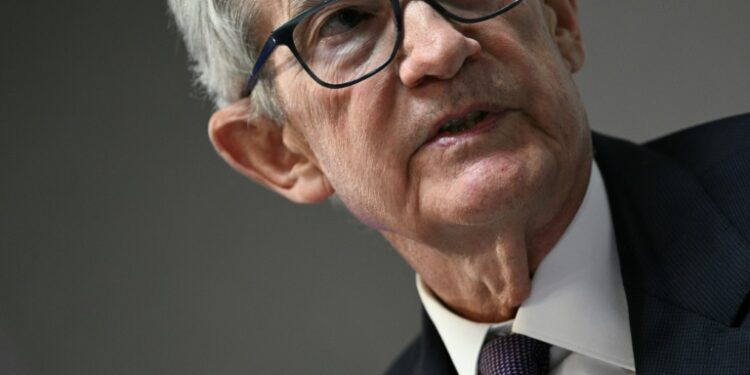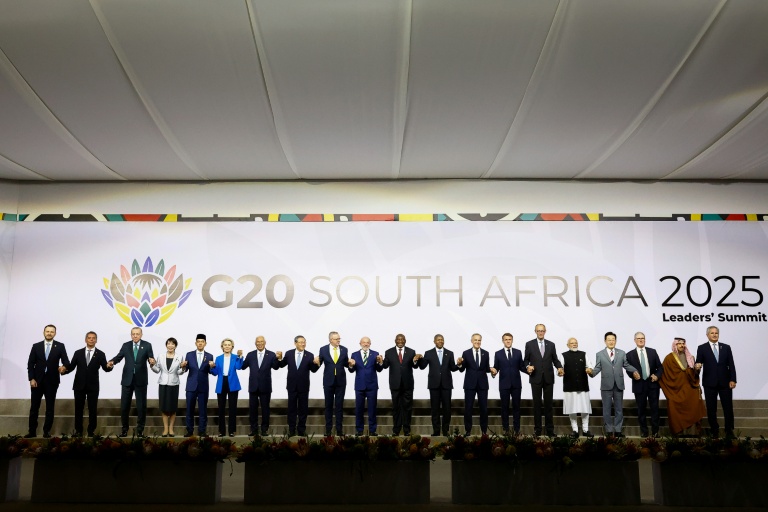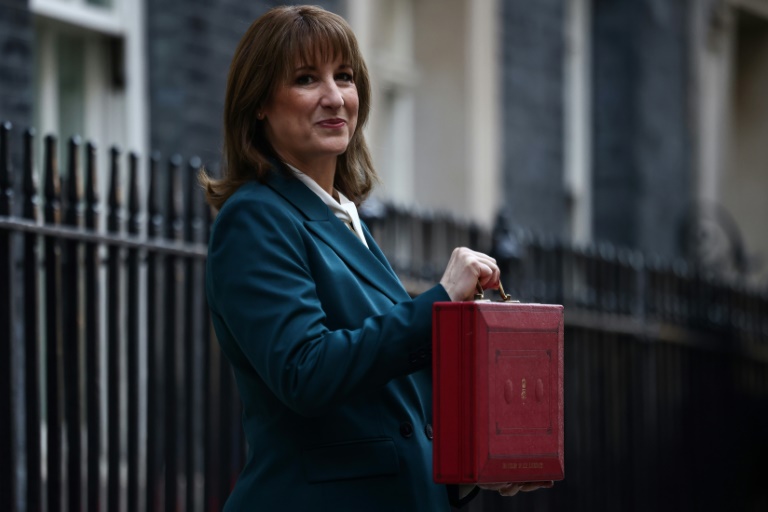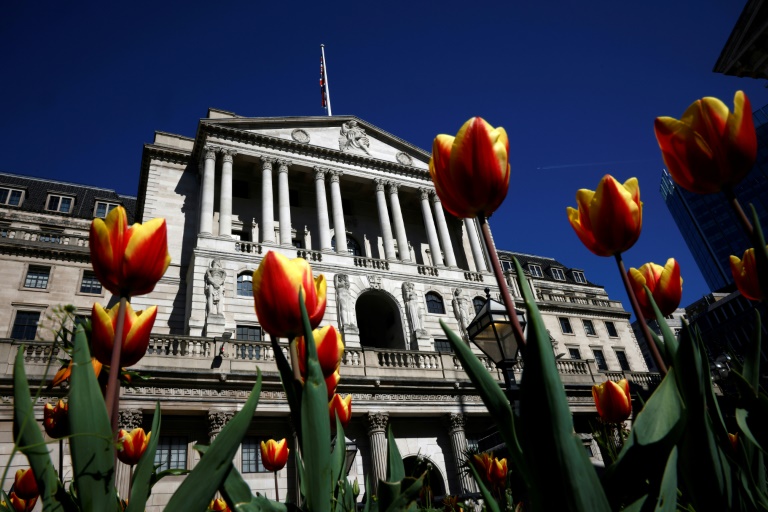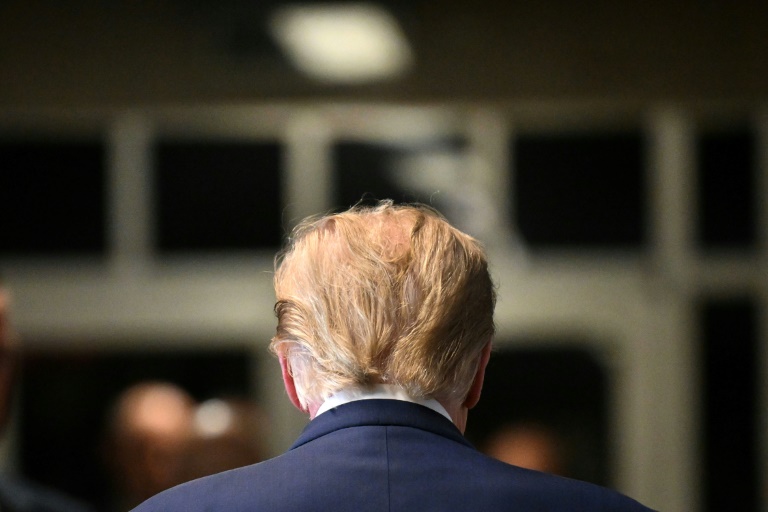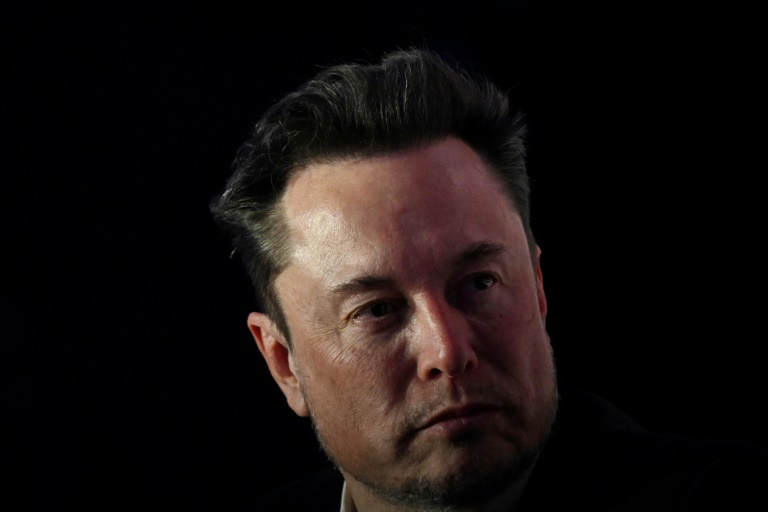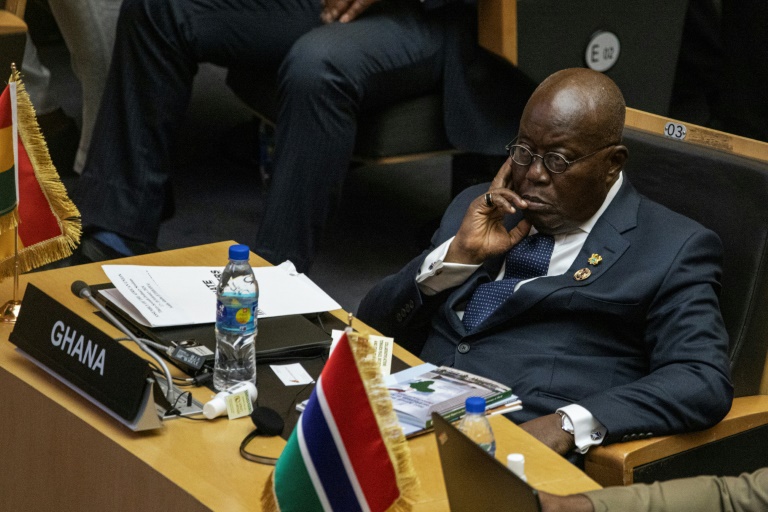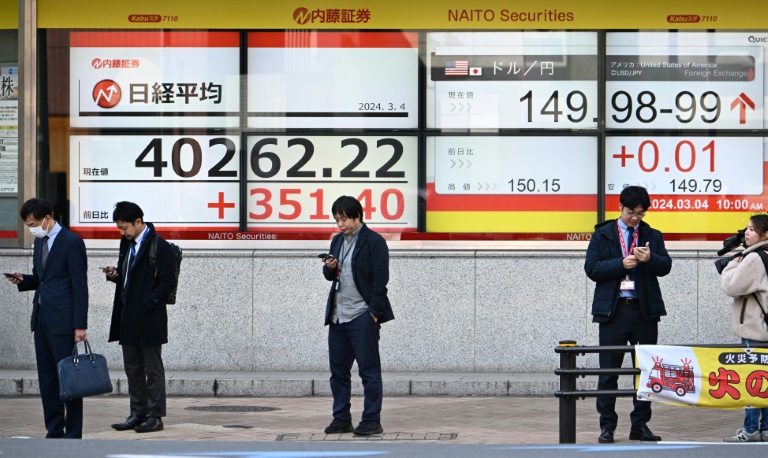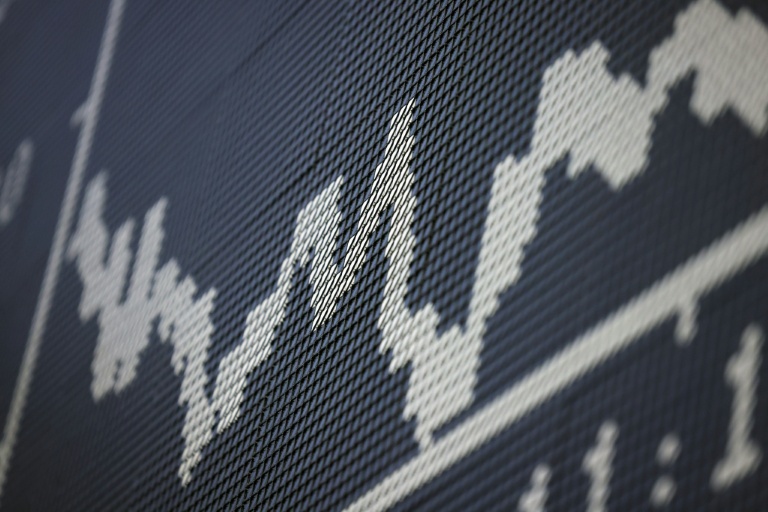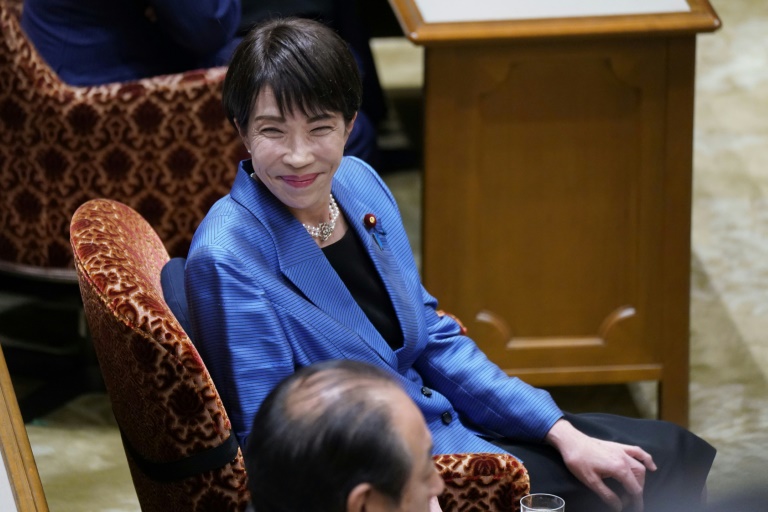Washington (AFP) – The US Federal Reserve on Wednesday announced another rate cut pause and warned of higher risks to its inflation and unemployment goals, likely referencing President Donald Trump’s tariffs. Policymakers voted unanimously to hold the US central bank’s key lending rate at between 4.25 percent and 4.50 percent, the Fed said in a statement. The bank has a dual mandate to act independently to tackle inflation and unemployment, primarily by hiking, holding, or easing its benchmark lending rate.
The Fed stated that “swings in net exports” did not appear to have affected solid economic activity, acknowledging the pre-tariff surge in imports during the first quarter ahead of the introduction of Trump’s “liberation day” tariffs. The US president introduced steep levies last month on China and lower “baseline” levies of 10 percent on goods from most other countries, sparking weeks of turbulence in financial markets. The White House also imposed higher tariffs on dozens of other trading partners, then abruptly paused them until July to allow the United States time to renegotiate existing trade arrangements.
Data published in recent weeks indicate an economic contraction in the first quarter of the year, while the unemployment rate has remained close to historic lows, and the inflation rate has trended towards the Fed’s long-term target of two percent.
Fed Chair Jerome Powell will likely try to make “very little news” during his regular press conference later Wednesday, Nationwide Chief Economist Kathy Bostjancic told AFP ahead of the rate decision. Powell will likely face additional questions about the Trump administration’s support for his leadership of the independent central bank, given public criticism leveled at him and the Fed by senior government officials, including the president.
Trump stated in an interview published over the weekend that “He should lower them,” referring to Powell and interest rates, while repeating his past criticism of the Fed chair but insisting he had no plans to try to fire him before his term ends next year. “By commenting publicly on what the Fed should do, they potentially undermine…the public’s perception of the institution’s commitment to price stability,” former Fed economist Rodney Ramcharan wrote in a note shared with AFP. He added, “If the Fed were to cut rates, markets could perceive that decision as ‘political’ rather than a reaction to actual economic conditions.”
Looking ahead, analysts have recently pared back or delayed their expectations of rate cuts, predicting that tariffs will push up prices and slow growth, at least in the short run. “It seems highly unlikely that the Fed will receive a clear enough signal to act by the June meeting since the 90-day pause on ‘reciprocal’ tariffs lasts through 8 July,” economists at UniCredit wrote in a recent note to clients, adding they did not expect a rate cut before September. “The outlook for Fed policy remains very uncertain, but we have pushed back the first of the three consecutive 25bp (basis points) insurance cuts in our baseline forecast from June to July,” Goldman Sachs chief economist Jan Hatzius noted in a recent investor report.
© 2024 AFP

